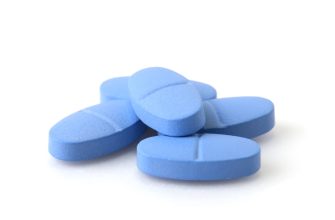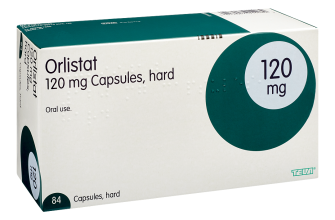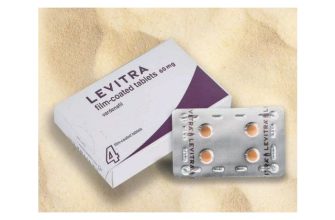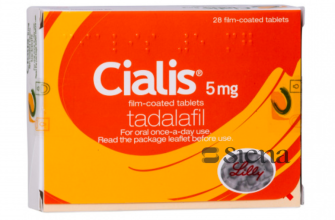Need reliable information on chloroquine? Focus on its established uses: treating malaria and rheumatoid arthritis. These remain its primary clinical applications. Avoid relying on unverified claims circulating online; stick to peer-reviewed scientific literature and official health guidelines.
Chloroquine’s mechanism involves interfering with parasite growth in malaria. This effect stems from its ability to disrupt the parasite’s heme detoxification process, ultimately leading to cell death. In rheumatoid arthritis, it modifies the immune response, reducing inflammation.
Important Note: Chloroquine has significant side effects, including nausea, vomiting, and visual disturbances. Always consult a physician before use; self-medication is dangerous. Dosage must be carefully tailored to individual needs under strict medical supervision. Regular monitoring is necessary to detect potential adverse reactions early.
Research into chloroquine’s efficacy against other diseases continues. However, robust evidence supporting its use beyond malaria and rheumatoid arthritis is currently limited. Be wary of unsubstantiated claims; prioritize scientifically validated information from reputable sources.










